Home>Garden Essentials>How To Plant Flower Seeds Outside
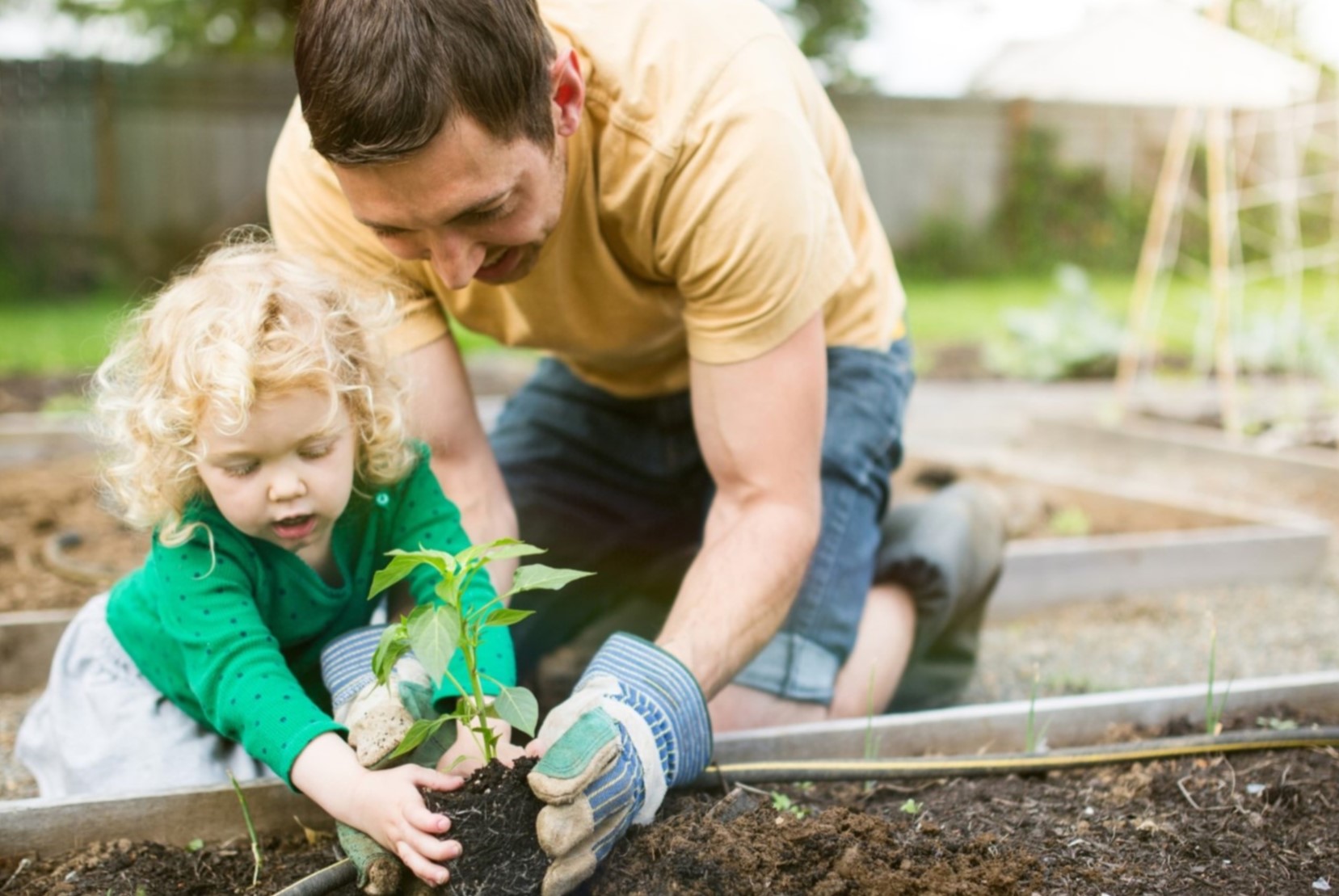

Garden Essentials
How To Plant Flower Seeds Outside
Modified: November 1, 2024
Learn how to plant flower seeds in your garden and enjoy a beautiful outdoor space. Follow our step-by-step guide and watch your garden bloom.
(Many of the links in this article redirect to a specific reviewed product. Your purchase of these products through affiliate links helps to generate commission for Storables.com, at no extra cost. Learn more)
Introduction
Gardening is a wonderful and rewarding hobby that allows us to connect with nature, add beauty to our outdoor spaces, and enjoy the therapeutic benefits of tending to plants. One of the most exciting parts of gardening is planting flower seeds outside and watching them grow into vibrant blooms.
Planting flower seeds outside in your garden is a cost-effective and fulfilling way to create a colorful and lush display of flowers. Whether you’re a seasoned gardener or just starting out, this article will guide you through the process of choosing the right flower seeds, preparing the soil, sowing the seeds, and providing the necessary care to ensure successful growth.
Before you begin, it’s important to note that different flower species have specific requirements for soil, sunlight, and water. By understanding these needs and providing the ideal conditions, you can maximize the chances of your flower seeds thriving.
So, let’s roll up our sleeves and delve into the world of planting flower seeds outside!
Key Takeaways:
- Choose flower seeds based on climate, sunlight, soil, bloom time, and space. Mix annual and perennial seeds for continuous blooms and long-lasting beauty in your garden.
- Prepare soil, sow seeds, and provide water, sunlight, mulch, and fertilizer for healthy flower growth. Regular pruning and pest control ensure a vibrant and thriving garden.
Choosing the Right Flower Seeds
Choosing the right flower seeds is crucial for a successful garden. With a wide variety of options available, it can be overwhelming to make a decision. Here are a few factors to consider when selecting flower seeds:
- Climate: Take into account your climate zone and the specific growing requirements of the flowers you’re interested in. Some flowers thrive in warmer climates, while others prefer cooler temperatures.
- Sunlight: Determine the amount of sunlight your garden receives throughout the day. Some flowers, such as sunflowers and marigolds, require full sun, while others, like impatiens and begonias, prefer shade.
- Soil Type: Assess the quality and type of soil in your garden. Some flowers thrive in well-drained soil, while others prefer moist or clay-like soil. Consider amending your soil if necessary to create a favorable environment for your flowers.
- Bloom Time: Think about the bloom time of the flowers you choose. Some flowers bloom early in the spring, while others bloom later in the season. By selecting a variety of flowers with different bloom times, you can enjoy continuous color throughout the year.
- Height and Space: Consider the height and space requirements of the flowers. Some flowers, like tall sunflowers, may need additional support, while others, like groundcover flowers, spread and fill in spaces quickly.
Additionally, consider your personal preferences in terms of colors, fragrance, and flower shapes. Take time to research different flower varieties and read reviews from other gardeners to gain insights into their experiences.
It’s also a good idea to choose a mix of annual and perennial flower seeds. Annual flowers bloom and produce seeds within one growing season, while perennial flowers come back year after year. This combination ensures a colorful display every year while adding long-lasting beauty to your garden.
Once you have gathered all the necessary information about the flowers you want to grow, the next step is to prepare the soil and create the perfect environment for your seeds to flourish.
Preparing the Soil
Preparing the soil is a crucial step in ensuring the optimal growth of your flower seeds. Creating a nutrient-rich and well-draining soil environment will provide a solid foundation for your plants. Follow these steps to prepare the soil:
- Clear the Area: Start by clearing the area of any weeds, rocks, or debris. This will help prevent competition for nutrients and ensure that your flower seeds have space to grow.
- Loosen the Soil: Use a garden fork or a tiller to loosen the soil to a depth of 6 to 8 inches. This will improve the soil structure, enhance air circulation, and allow the roots to penetrate easily.
- Amend the Soil: Test your soil to determine its pH level and nutrient content. Based on the results, add any necessary amendments to improve the soil quality. Organic matter, such as compost or well-rotted manure, can be added to enrich the soil and enhance its fertility.
- Break up Clumps: Break up any large soil clumps and remove any roots or debris that may hinder the growth of your flower seeds.
- Level the Soil: Use a garden rake to level the soil surface. This will help create an even planting bed and ensure consistent moisture distribution.
Once you have prepared the soil, it’s time to sow your flower seeds and give them the best start possible.
Sowing the Seeds
Sowing the flower seeds accurately and at the right time is essential for successful germination and growth. Here’s a step-by-step guide on how to sow your flower seeds:
- Read the Seed Packet: Carefully read the instructions on the seed packet. It will provide valuable information about the specific requirements of the flower seeds, including the recommended sowing depth, spacing, and germination time.
- Choose the Right Time: Determine the appropriate time to sow the seeds based on the specific flower species. Some seeds require to be sown indoors before the last frost date, while others can be directly sown in the garden after the danger of frost has passed.
- Prepare the Planting Bed: Create furrows or small holes in the prepared soil using a garden trowel. Follow the spacing guidelines mentioned on the seed packet to ensure proper air circulation and prevent overcrowding of the plants.
- Sow the Seeds: Take a pinch of seeds and sprinkle them evenly along the furrow or place individual seeds in the prepared holes. Gently cover the seeds with soil according to the recommended sowing depth specified on the seed packet.
- Water the Seeds: After sowing, gently water the planting bed using a watering can or a gentle spray nozzle. Be careful not to wash away the seeds. The soil should be kept moist but not waterlogged during the germination process.
- Label and Maintain: To keep track of the flower varieties, label the rows or areas where you have sown the seeds. Regularly monitor the soil moisture and provide additional irrigation as needed.
Remember to take care not to sow the seeds too deeply, as some flowers require light for germination. Lightly pressing the soil over the seeds will ensure good seed-to-soil contact without burying them too deeply.
Now that you have successfully sown your flower seeds, it’s important to provide the essential care they need to thrive and grow into beautiful blossoms.
Providing Adequate Water and Sunlight
Water and sunlight are two crucial elements for the healthy growth and development of your flower seeds. Proper watering and sunlight exposure will help your seeds germinate and thrive. Here are some guidelines to ensure your flower seeds receive the right amount of water and sunlight:
- Watering: Provide consistent moisture to your flower seeds during the germination and early growth stages. Water the soil gently and evenly, making sure not to overwater or create waterlogged conditions that can lead to root rot. Monitor the moisture level by inserting your finger into the soil. If it feels dry about an inch below the surface, it’s time to water.
- Watering Schedule: As the plants mature, adjust your watering schedule to suit their specific needs. Some flowers prefer consistently moist soil, while others can tolerate drying out between waterings. Water deeply and less frequently, allowing the top inch of soil to dry out before watering again.
- Sunlight Exposure: Most flowering plants require ample sunlight to grow and bloom well. Identify the sunlight preferences of the flower seeds you have planted. Full sun means at least six hours of direct sunlight per day, while partial shade refers to a few hours of direct sunlight or filtered light. Place your flower beds in areas that receive the appropriate amount of sunlight for optimal growth.
- Shade Protection: If you have planted flowers that prefer partial shade, provide them with shade protection during the hottest parts of the day. This can be achieved through the use of shade cloths, umbrellas, or strategically placing the flowers beneath the canopy of taller plants or trees.
Remember, every flower species has different water and sunlight requirements. It’s important to research and understand the specific needs of your flower seeds to ensure their healthy development. Providing the right conditions will promote vigorous growth and vibrant blossoms.
Next, let’s explore the importance of mulching and fertilizing in maintaining the health and vigor of your flower garden.
Before planting flower seeds outside, make sure to prepare the soil by removing any debris and loosening it with a garden fork. Follow the seed packet instructions for planting depth and spacing, and water the area gently after planting. Keep the soil moist but not waterlogged, and protect the seeds from birds and pests if necessary.
Read more: How To Plant Flower Garden
Mulching and Fertilizing
Mulching and fertilizing are essential practices to nourish your flower plants, promote healthy growth, and maintain the fertility of the soil. Here’s how you can effectively mulch and fertilize your garden:
- Mulching: Apply a layer of mulch around your flower plants to conserve moisture, regulate soil temperature, and suppress weed growth. Organic mulches, such as straw, wood chips, or shredded bark, are ideal options as they break down over time, enriching the soil. Spread a 2 to 3-inch layer of mulch around the base of the plants, taking care not to cover the stems or foliage.
- Fertilizing: Feed your flower plants with the appropriate fertilizers to provide essential nutrients. Before applying any fertilizer, read the instructions carefully and follow the recommended dosage. Organic fertilizers, like compost or well-decomposed manure, are excellent choices as they nourish the soil naturally. Apply the fertilizer based on the specific needs of your flower plants, generally during the early growing stages and throughout the flowering season.
- Frequency of Fertilization: The frequency of fertilization depends on the type of flowers and the soil conditions. As a general rule, fertilize your plants every 4-6 weeks during the growing season. However, it’s crucial to monitor the health of your plants and adjust the fertilization schedule accordingly. Excessive fertilization can lead to nutrient burn and damage the plants, so it’s better to err on the side of caution.
- Watering after Fertilizing: After applying fertilizer, water your plants thoroughly. This helps to dissolve and distribute the nutrients into the soil, making them readily available to the roots.
Mulching and fertilizing complement each other, working together to improve soil fertility, retain moisture, and reduce weed competition. Additionally, mulching provides a protective layer to the root system, preventing temperature extremes and reducing soil erosion.
However, it’s important not to overmulch, as excessive mulch can trap too much moisture and lead to root rot. Keep the mulch layer thin and avoid piling it against the stems or crowns of the plants.
By incorporating mulching and fertilizing practices into your gardening routine, you will provide the necessary nourishment for your flower plants, ensuring their vitality and longevity.
Next, we’ll explore the importance of pruning and proper maintenance for your flower garden.
Pruning and Maintenance
Pruning and proper maintenance play a vital role in ensuring the health, beauty, and longevity of your flower garden. Regular pruning, along with general upkeep, helps promote optimal growth and flowering. Here are some essential tips for pruning and maintaining your flower plants:
- Deadheading: Deadhead your flowers regularly by removing faded or spent flowers. This not only enhances the overall appearance of the plants but also encourages more blooms. Use clean pruners or scissors to make clean cuts just above a healthy leaf node or bud.
- Pruning for Shape: Some flower plants benefit from pruning to maintain a desirable shape and size. Trim back overgrown or unruly branches to promote branching and help the plant maintain a compact form. Make sure to research the specific pruning requirements of your plant species, as some flowers bloom on old wood and may require specific pruning techniques.
- Maintaining Healthy Foliage: Monitor your flower plants for any signs of disease or pest infestations. Remove any damaged or diseased foliage promptly to prevent the spread of infection. Inspect the undersides of leaves for pests, such as aphids or spider mites. Use organic pest control methods or follow suitable treatment protocols to protect your plants.
- Weed Control: Regularly remove weeds from your flower beds to minimize competition for nutrients, water, and space. Hand-pulling is an effective and chemical-free method of weed control. Consider applying a layer of mulch to further suppress weed growth and conserve soil moisture.
- Supporting Stems: Certain taller flower species, like delphiniums or peonies, may require support to prevent them from bending or breaking under their own weight. Install stakes, cages, or trellises around the plants to provide the necessary support. Secure the stems gently to the supports using soft ties or twine.
Regularly inspect your flower garden, looking out for any signs of stress, nutrient deficiencies, or overgrowth. Addressing these issues promptly will help maintain the overall health and vigor of your plants.
Remember to clean your pruning tools after each use to minimize the risk of spreading diseases. Wipe the blades with a disinfectant solution or rubbing alcohol and allow them to dry thoroughly before storing them.
With proper pruning and maintenance, your flower garden will thrive, showcasing a vibrant display of blooms and providing you with endless joy and satisfaction.
Next, let’s explore some tips for protecting your flower plants from pests and diseases.
Protecting from Pests and Diseases
Pests and diseases can pose a threat to the health and beauty of your flower garden. It’s important to implement preventive measures and promptly address any issues to protect your plants. Here are some tips for protecting your flower plants from pests and diseases:
- Identify Common Pests: Learn about the common pests that can affect your flower plants, such as aphids, slugs, snails, and caterpillars. Regularly inspect your plants for signs of infestation, including chewed leaves, discolored foliage, or stunted growth.
- Natural Pest Control: Utilize natural pest control methods to minimize the use of harsh chemicals in your garden. Introduce beneficial insects like ladybugs, lacewings, or praying mantises that feed on common pests. Use organic pest control solutions, such as neem oil or insecticidal soaps, to deter and control pests safely.
- Companion Planting: Plant companion plants known for their pest-repellent properties. For example, marigolds can deter aphids and nematodes, while lavender can repel moths and flies. Research companion planting techniques to create a diverse and pest-resistant garden.
- Proper Watering: Be mindful of your watering practices to avoid creating favorable conditions for fungal diseases. Water your plants at the base, minimizing the amount of moisture on the foliage. Water in the early morning or late afternoon, allowing the leaves to dry before evening.
- Adequate Air Circulation: Ensure proper air circulation around your plants by properly spacing them and removing any overcrowded growth. Good air flow helps prevent the development of fungal diseases and discourages pests.
- Pruning and Sanitation: Regularly prune and remove any infected or diseased plant parts. Dispose of them properly to prevent the spread of diseases. Clean your garden tools regularly to avoid transferring pathogens from one plant to another.
Stay vigilant and monitor your plants closely for any signs of pest or disease activity. Early detection and intervention are key to minimizing damage and preventing the spread of issues throughout your garden.
Remember, prevention is often the best defense. By providing appropriate growing conditions, practicing good garden hygiene, and employing natural pest control methods, you can create a healthy and thriving environment for your flower plants.
Finally, let’s conclude with some final thoughts on planting flower seeds outside and the joy it can bring to your garden.
Final Thoughts
Planting flower seeds outside is a delightful and rewarding experience that allows you to create a vibrant and colorful garden. By choosing the right flower seeds, preparing the soil, sowing the seeds with care, providing adequate water and sunlight, mulching and fertilizing, pruning and maintaining, and protecting from pests and diseases, you can ensure the success and longevity of your flower garden.
Gardening is not just about beautifying outdoor spaces; it is also a therapeutic and fulfilling activity that connects us with nature. The process of tending to your flower plants, watching them grow and blossom, can bring immense joy and a sense of accomplishment. The scent of blooming flowers, the delicate petals swaying in the breeze, and the vibrant colors that greet you each day are all rewarding reminders of your efforts.
Remember to approach your gardening journey with patience and perseverance. Not all seeds will germinate, and not all plants will thrive, but with time and experience, you will learn and adapt to create the best possible growing conditions for your flowers.
Take time to appreciate the beauty of your garden and share it with others. Arrange bouquets of freshly cut flowers to brighten up your home, or invite friends and loved ones to enjoy the tranquil ambiance of your flower-filled sanctuary.
As you immerse yourself in the world of gardening, don’t be afraid to experiment and try new varieties of flower seeds. Embrace the surprises that nature brings, and learn from both your successes and failures. Gardening is a continuous learning process that allows us to deepen our connection with the natural world and explore our creativity.
So, harness your love for flowers, put on your gardening gloves, and let the act of planting flower seeds outside transform your outdoor space into a blooming haven. Enjoy the journey, appreciate the beauty, and relish the sense of fulfillment that comes from nurturing and witnessing the growth of your own stunning flower garden.
Frequently Asked Questions about How To Plant Flower Seeds Outside
Was this page helpful?
At Storables.com, we guarantee accurate and reliable information. Our content, validated by Expert Board Contributors, is crafted following stringent Editorial Policies. We're committed to providing you with well-researched, expert-backed insights for all your informational needs.
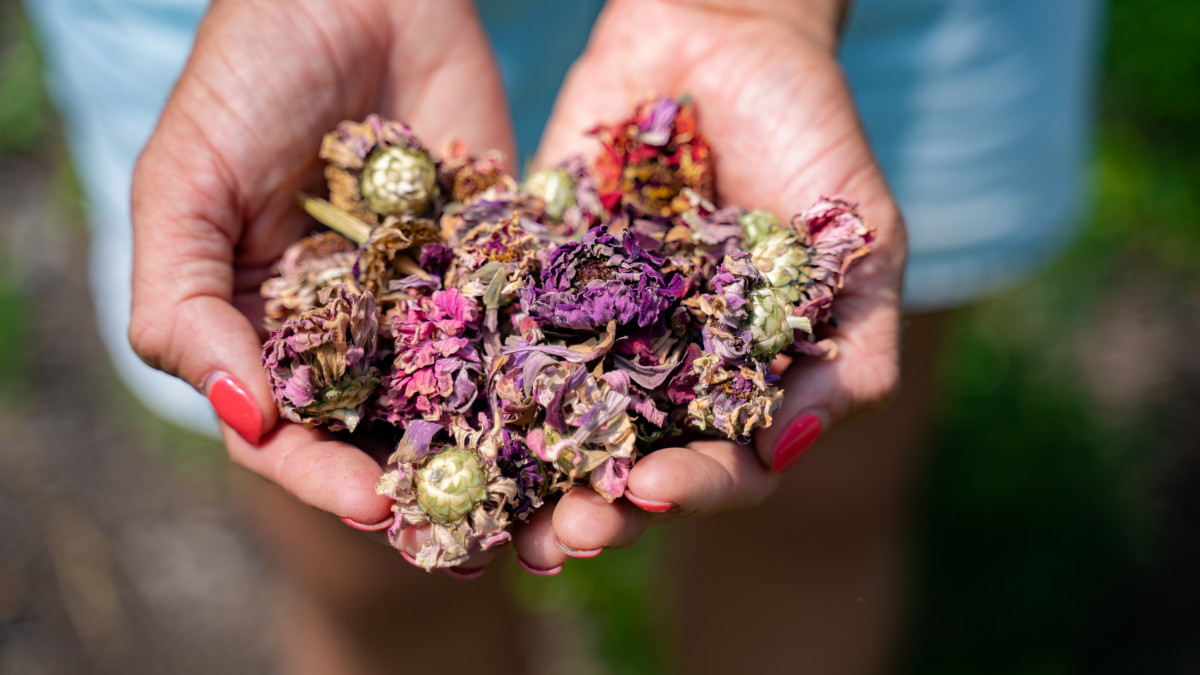
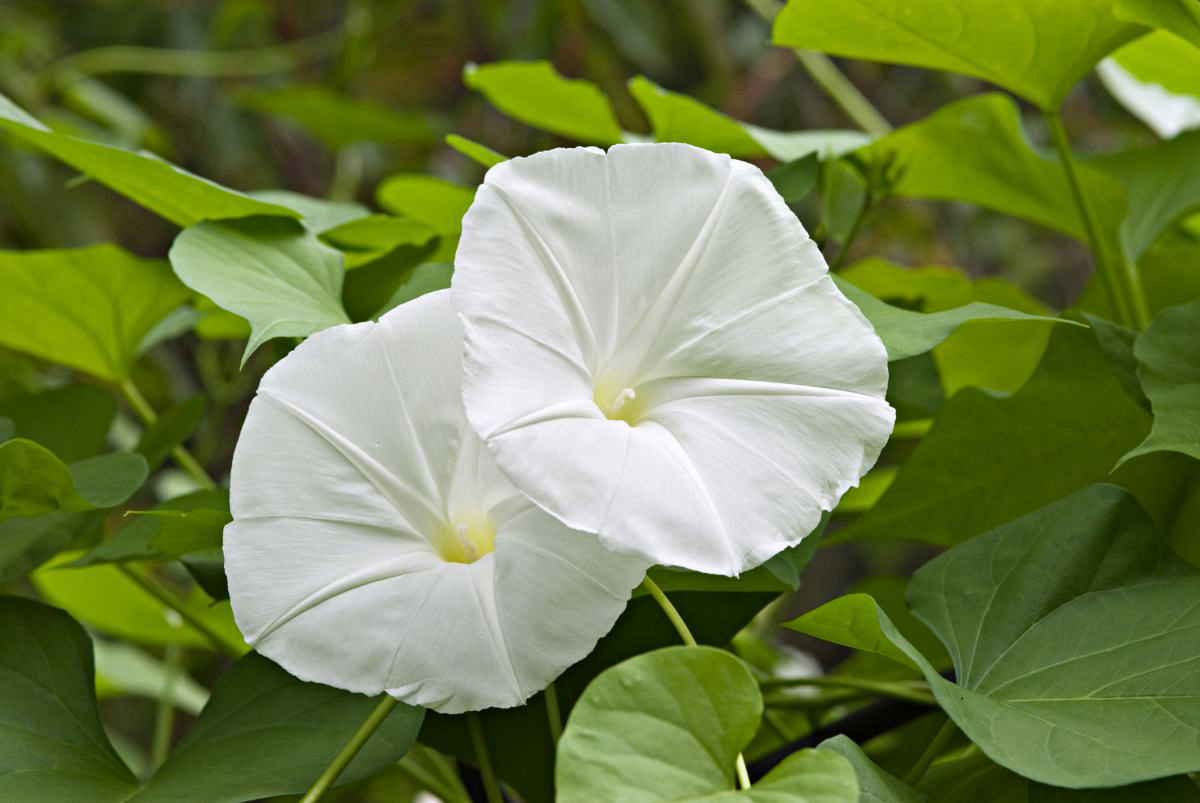
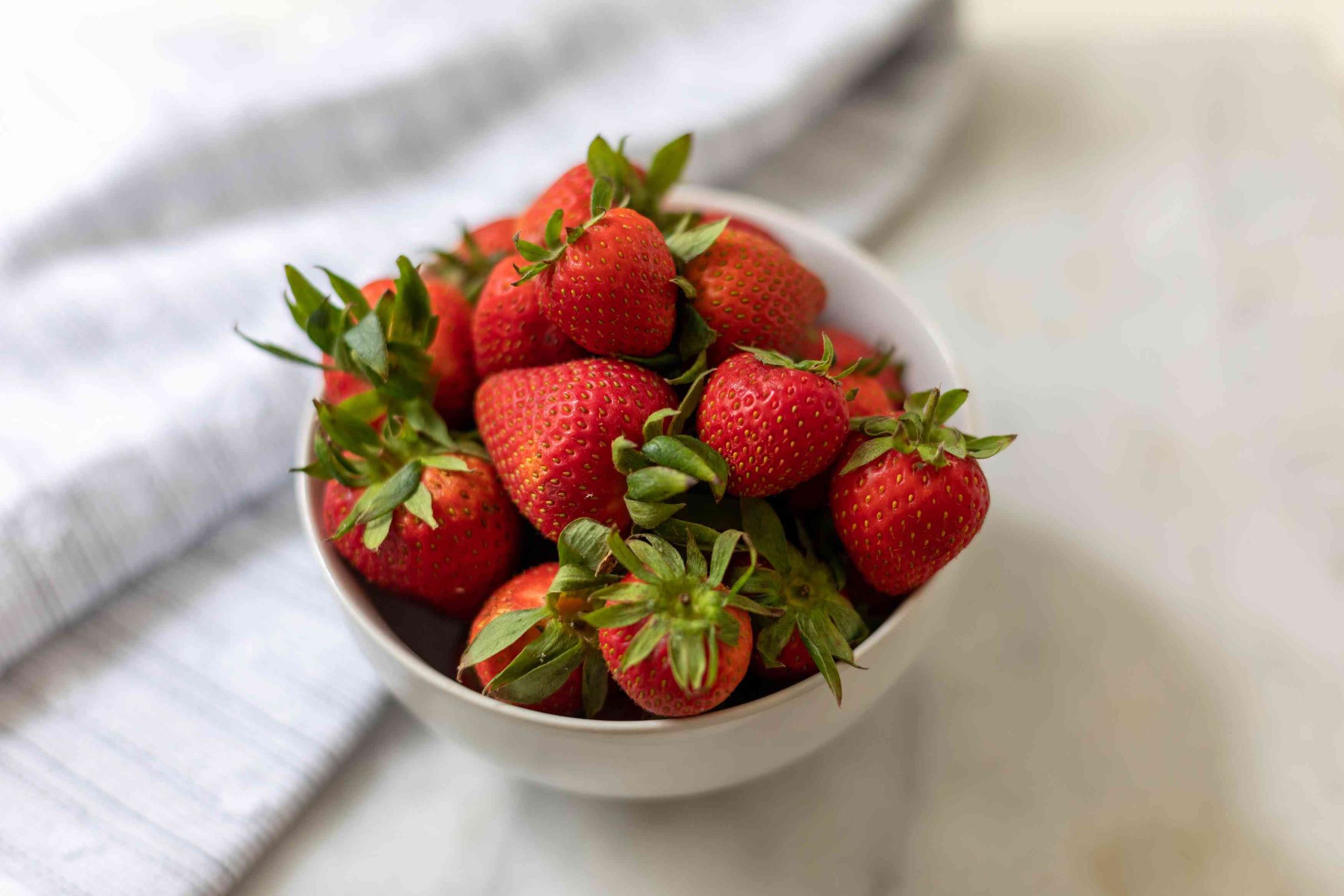
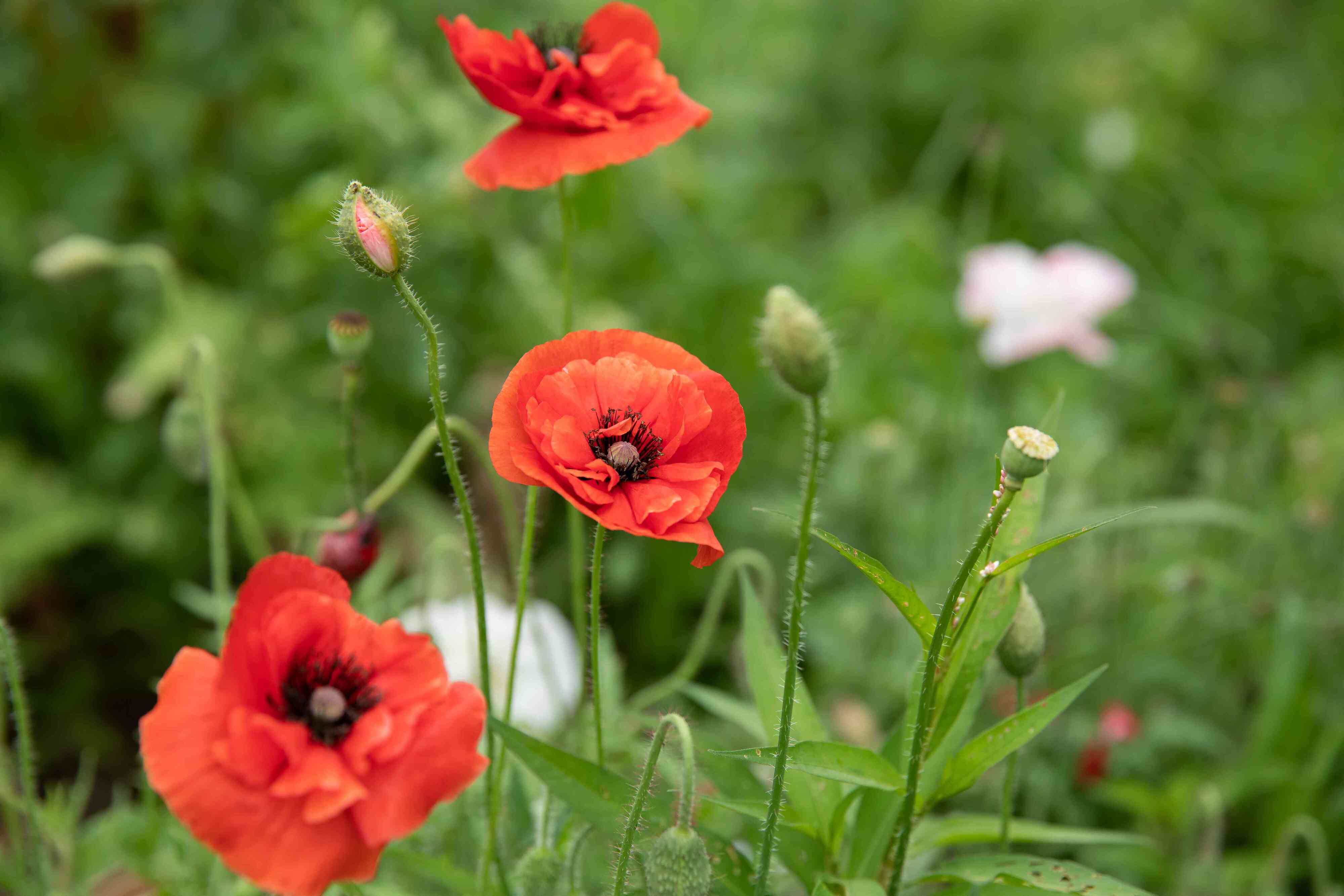
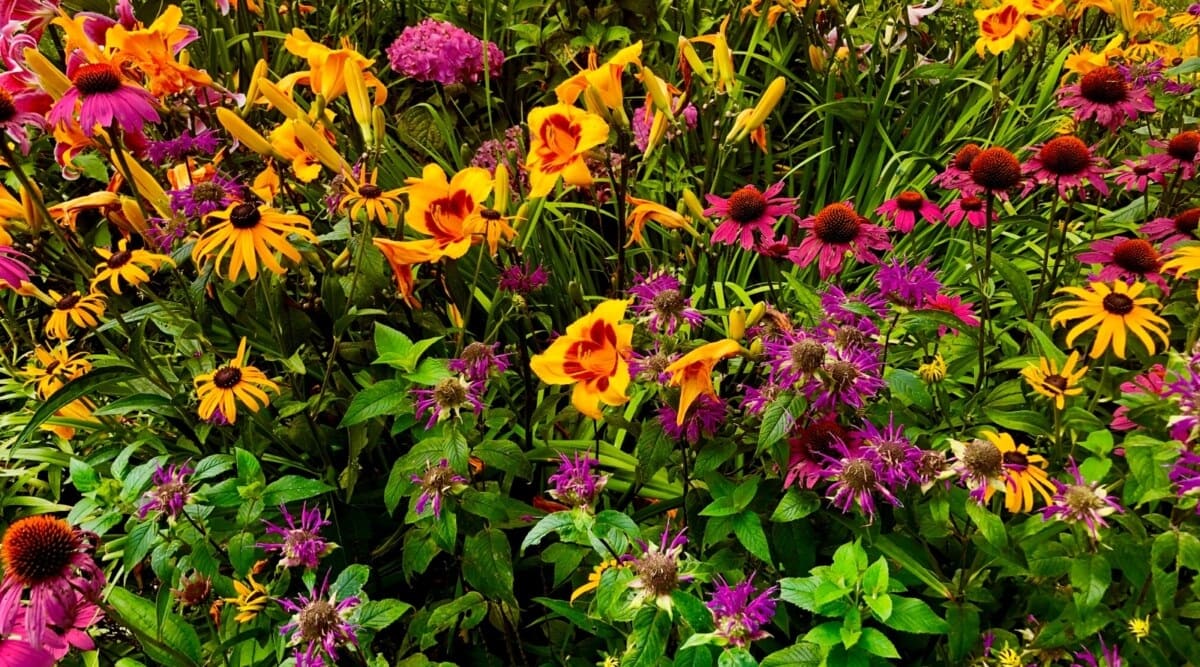
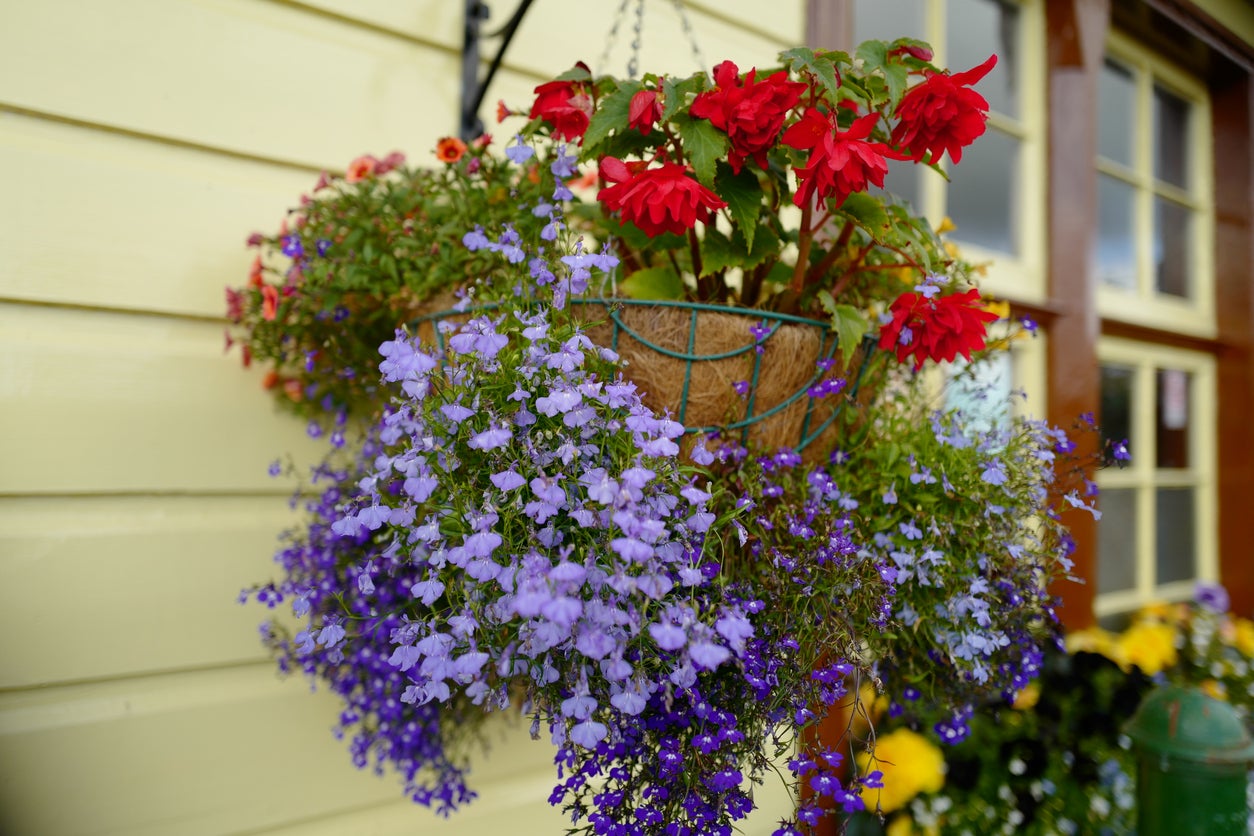
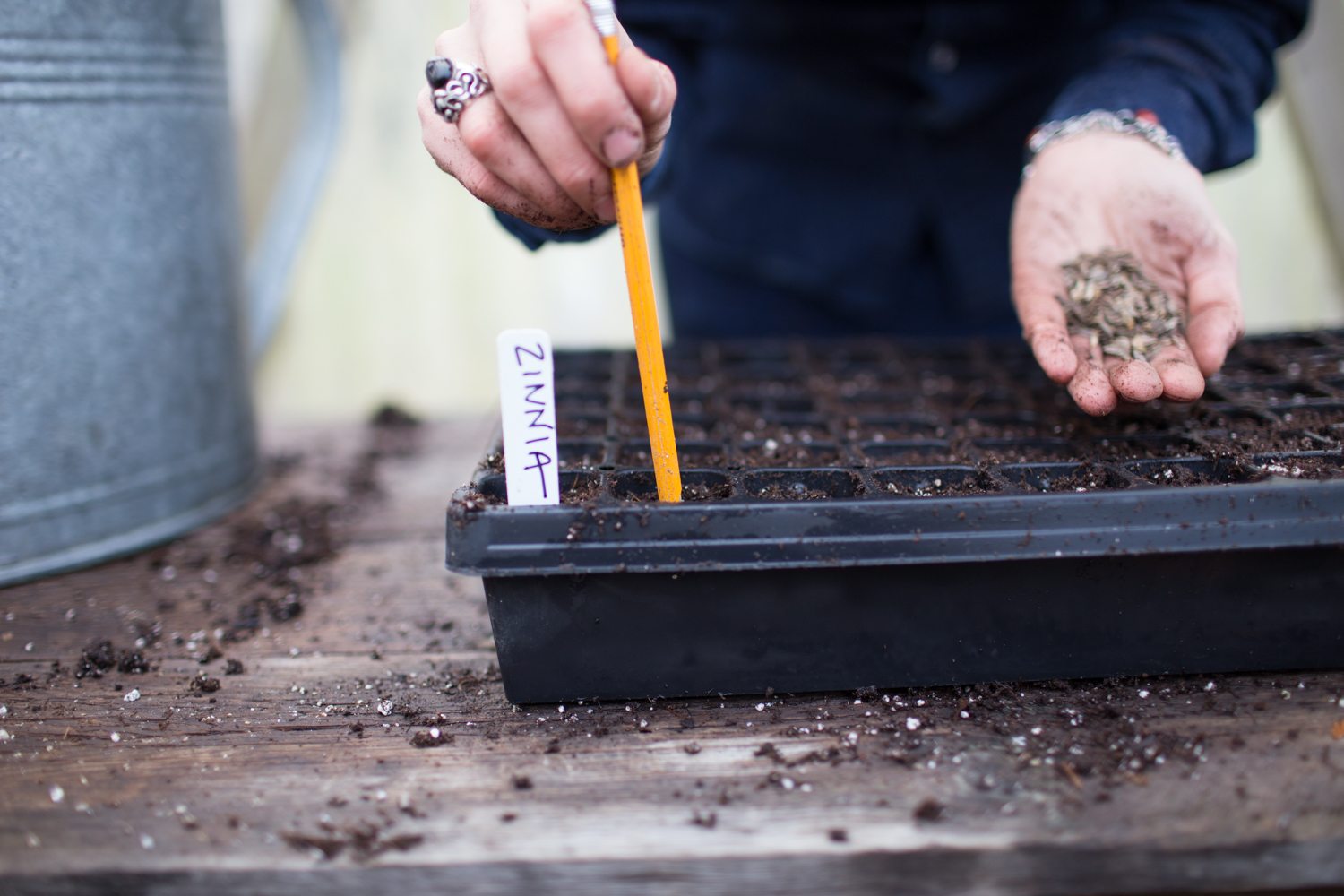
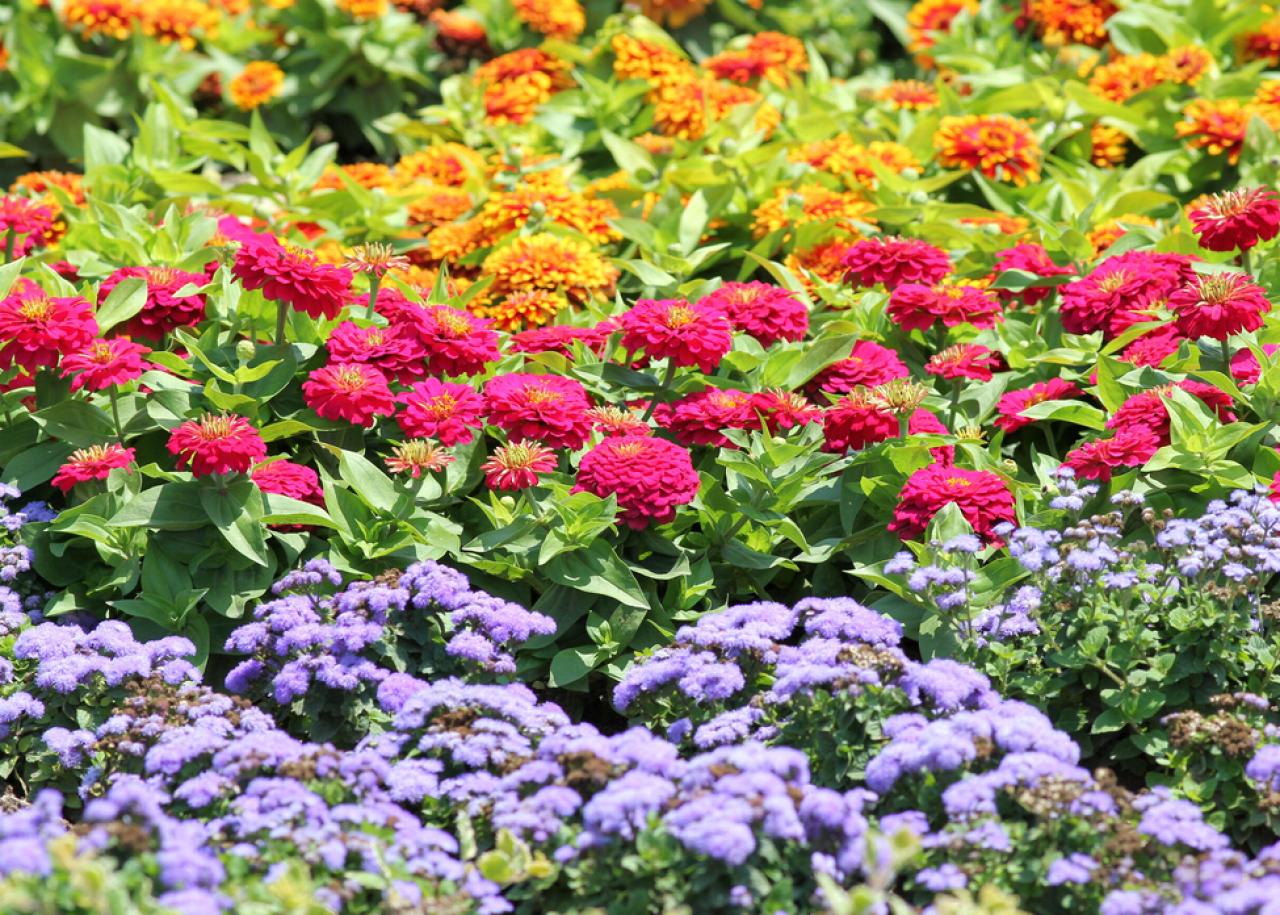
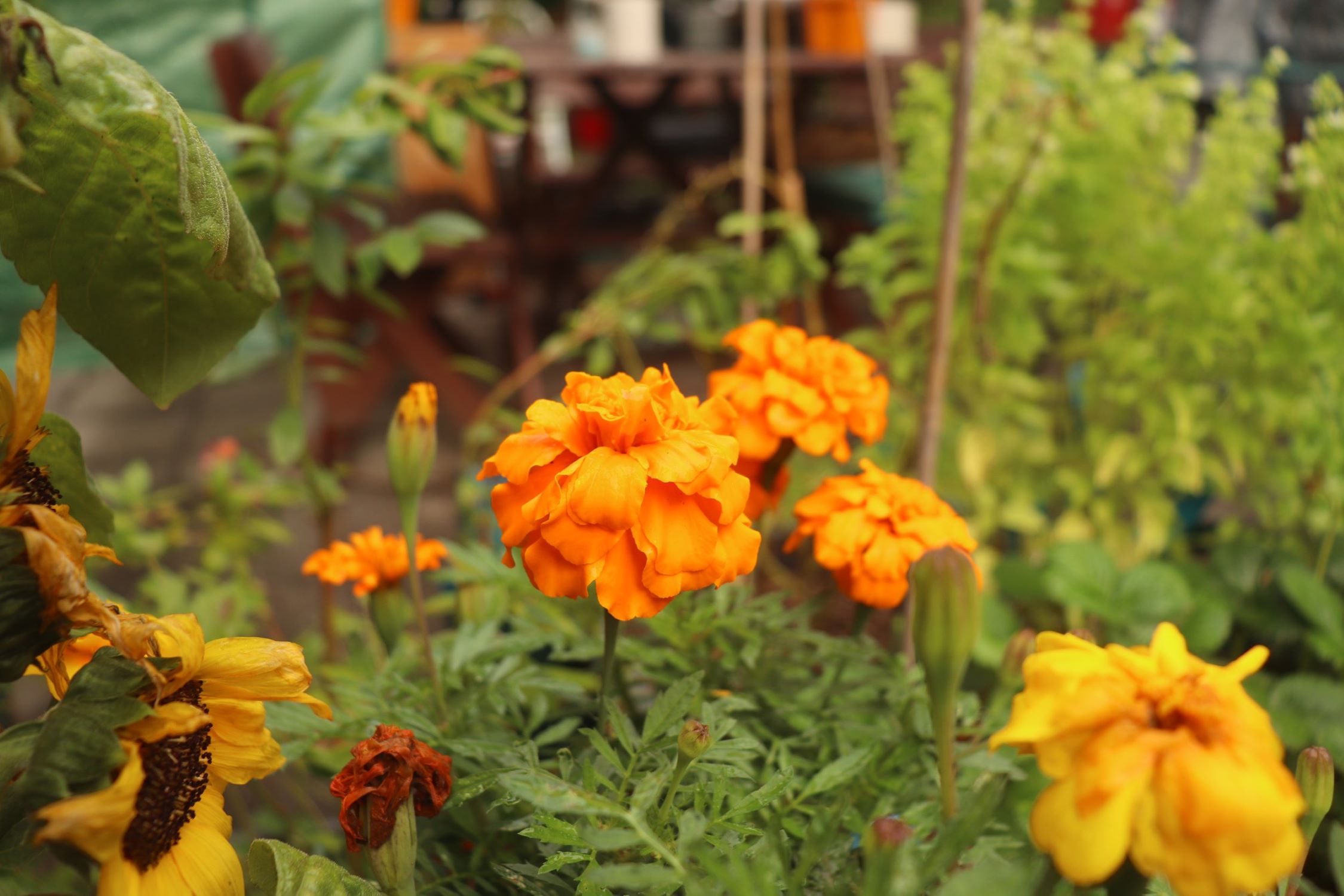
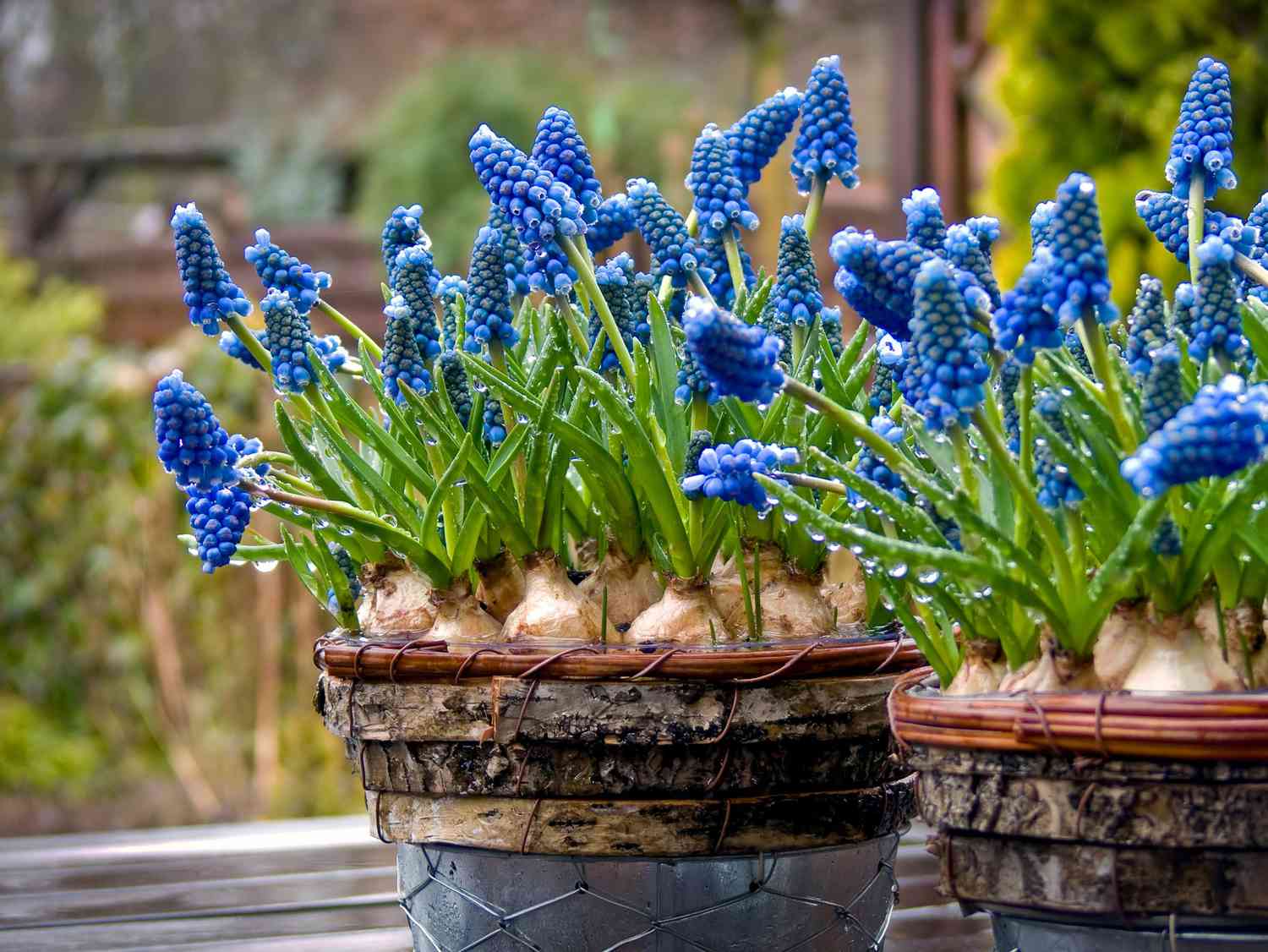
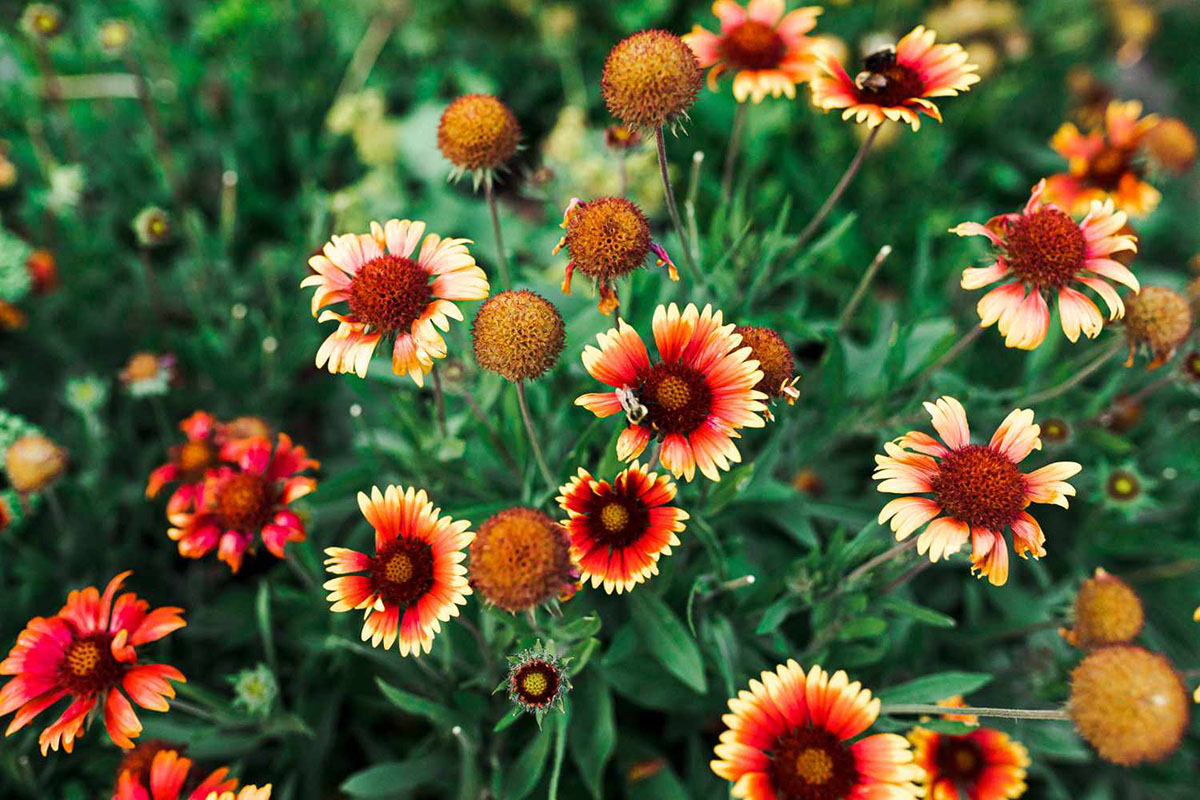
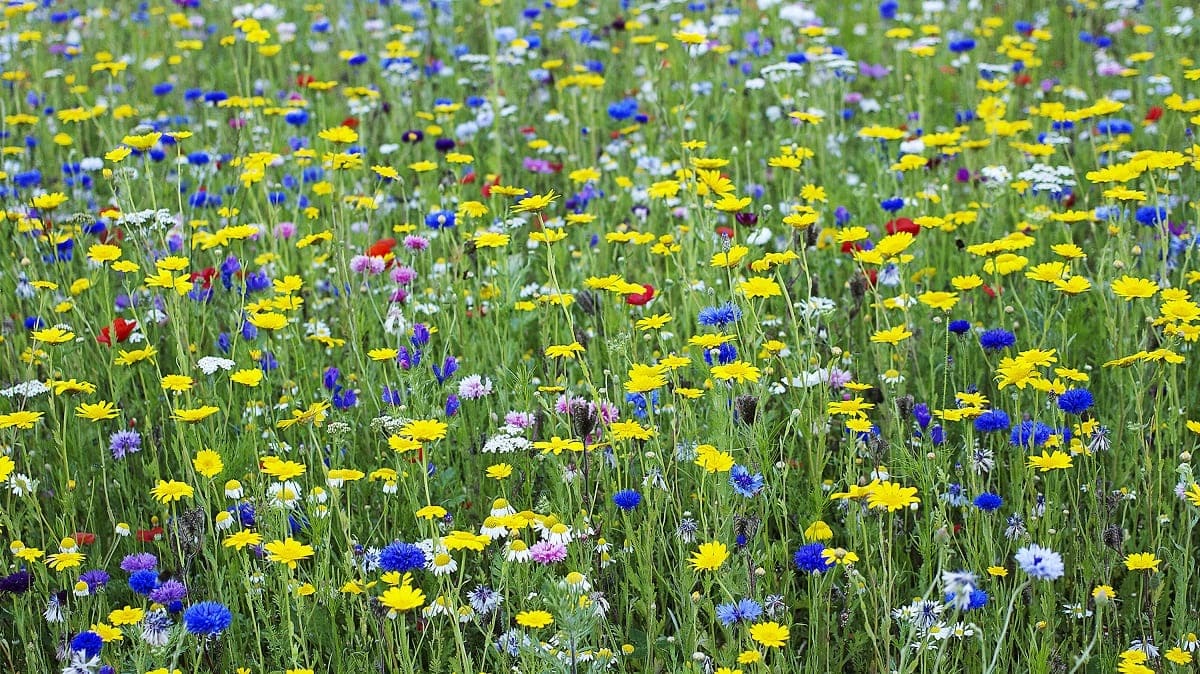
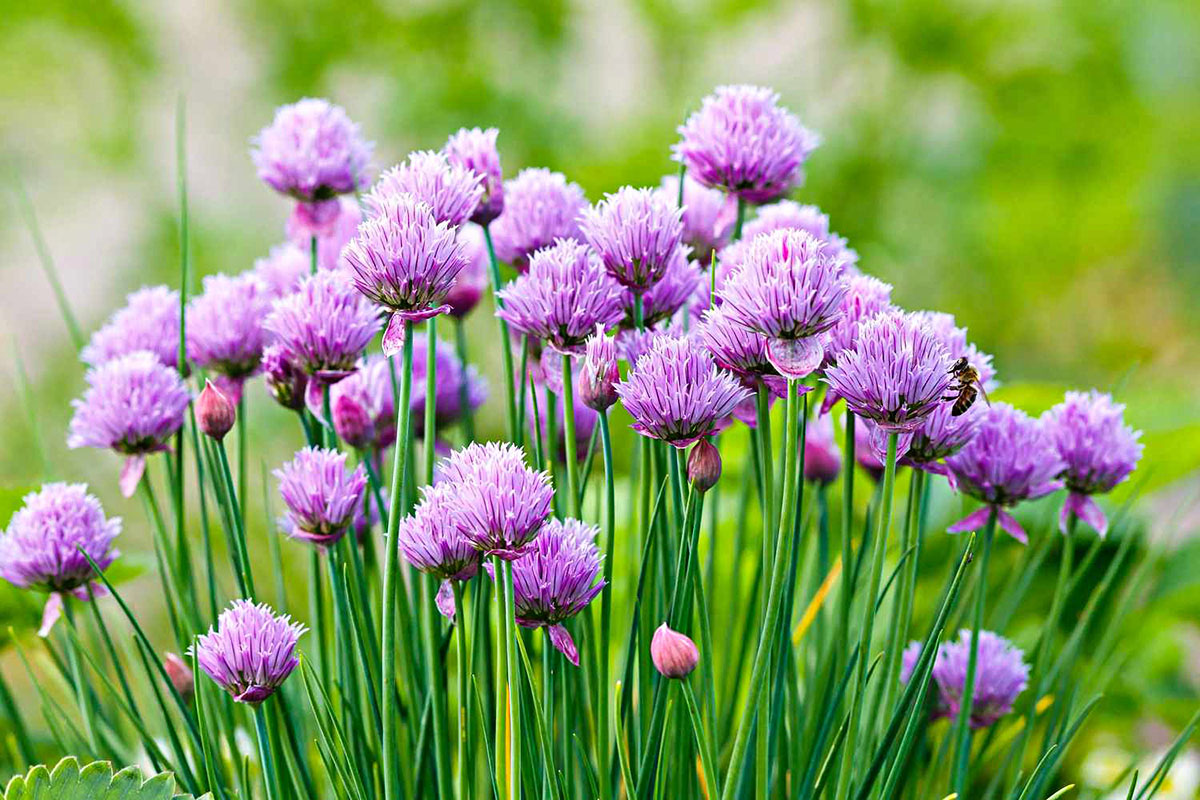
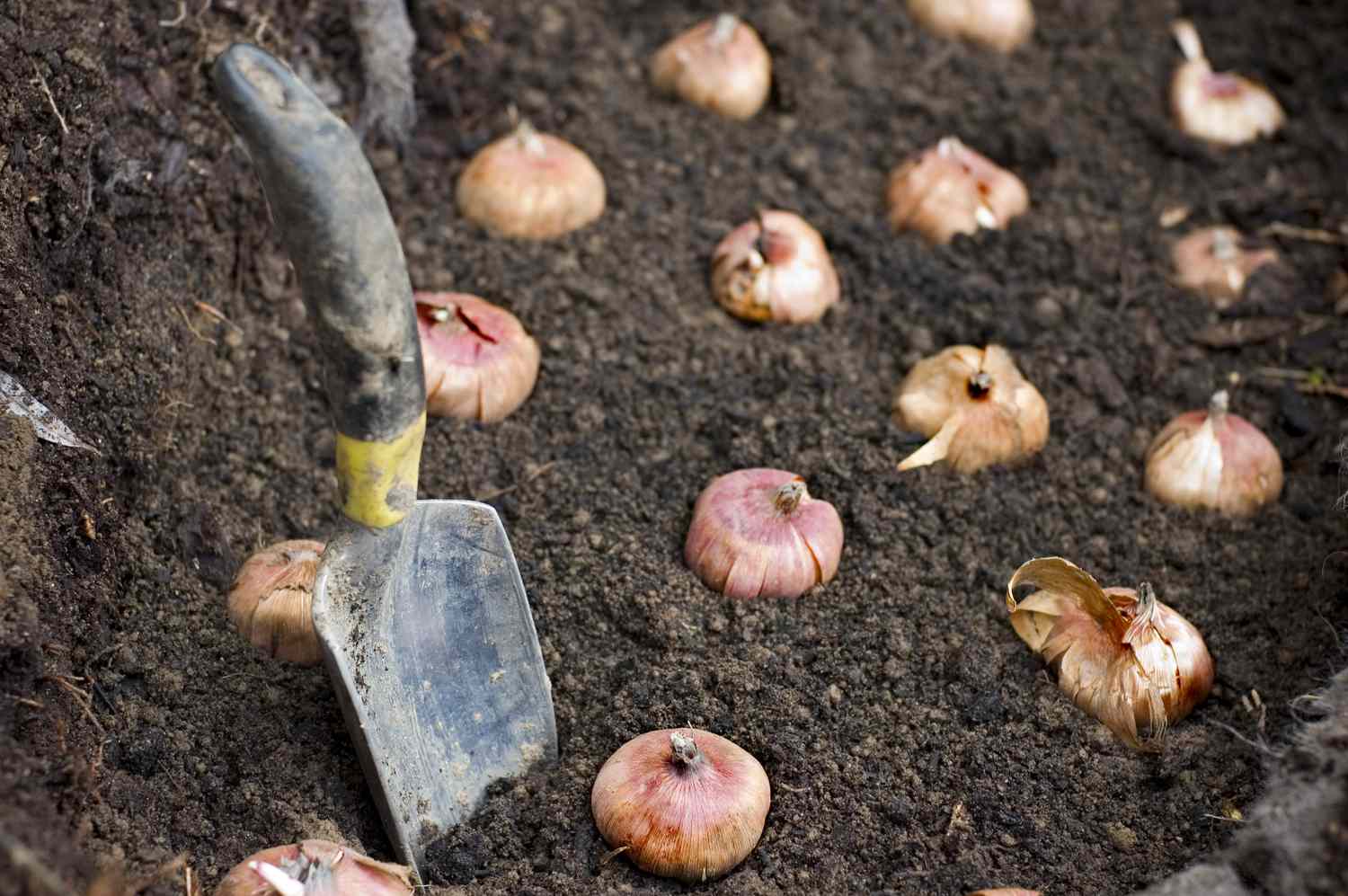

0 thoughts on “How To Plant Flower Seeds Outside”